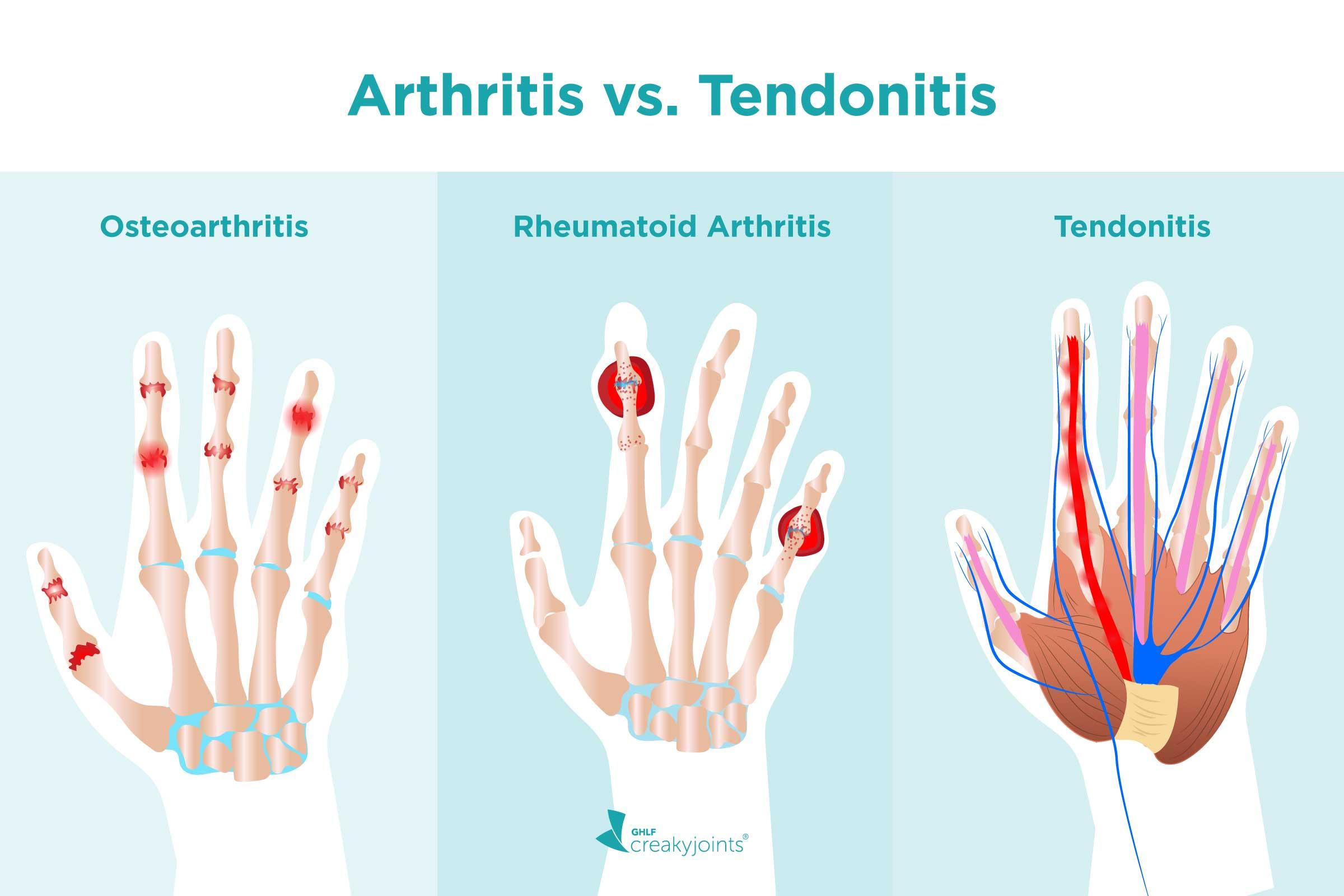Tendonitis

Overview
Tendonitis, often referred to as tendinitis, is a painful condition characterized by the inflammation or irritation of a tendon, the thick fibrous cords that attach muscle to bone. It’s most commonly seen in adults aged over 40 and can affect any tendon but is often found in the shoulders, elbows, wrists, and heels.
Types
Tendonitis is usually categorized based on the body part it affects. Some common types include:
-
- Rotator cuff tendonitis: Affects the tendons in your shoulder
-
- Tennis elbow: Involves tendons in the elbow, typically caused by repetitive motions, like playing tennis
-
- Patellar tendonitis: Occurs in the tendon between your kneecap (patella) and shinbone, also known as ”jumper’s knee”
-
- Achilles tendonitis: Affects the Achilles tendon in your heel
-
- Wrist tendonitis: Impacts tendons in the wrist, commonly due to overuse from activities like typing
Causes
Tendonitis is typically caused by repetitive minor impact on the tendon or a sudden more serious injury. Activities that can contribute to the development of tendonitis include gardening, painting, cleaning, shoveling, scrubbing, tennis, golf, skiing, throwing, and pitching.
Occupations involving repetitive motions, awkward positions, frequent overhead reaching, vibration and forceful exertion can also increase the risk of tendonitis.
Symptoms
Common symptoms of tendonitis include:
-
- Pain at the site of the tendon and surrounding area
-
- Pain or discomfort when the muscle attached to the inflamed tendon is used
-
- Swelling due to the inflammation
Symptoms often appear following strain or overuse, and the pain can become progressively worse if the repetitive activity is sustained.
Diagnosis
Diagnosis of tendonitis is usually based on a physical examination. Your healthcare provider may move your muscles and joints to evaluate the pain and stiffness. In some cases, imaging tests such as Ultrasound or MRI may be used to confirm the diagnosis and assess the extent of the condition.
Treatment Options
Treatment for tendonitis aims at reducing inflammation and relieving pain. Options include:
-
- Physical therapy: Specific exercises can stretch and strengthen the muscle and tendon, promoting healing and helping prevent recurrence
-
- Medication: Over-the-counter, non-prescription drugs like ibuprofen and naproxen can aid in reducing inflammation and pain
-
- Corticosteroids: In some instances, your healthcare provider may suggest corticosteroids to reduce inflammation
-
- Surgery: If other treatments are ineffective, surgery may be recommended to repair the tendon
Living With Tendonitis
Living with tendonitis involves managing the symptoms to improve your quality of life.
-
- Rest and avoid activities causing pain: This gives the tendon time to heal
-
- Apply ice: Ice can help reduce swelling and alleviate pain
-
- Bracing or bandaging: Supportive devices can decrease tension on the tendon
-
- Exercise: Strengthening the muscles around the affected tendon can help prevent re-injury
When to Seek Help
If your pain does not improve after a week of self-care, it’s important to seek medical attention. Moreover, seek immediate help if you experience severe pain, sudden swelling or cannot move the affected area – these could be signs of a ruptured tendon which is a medical emergency.
Living with tendonitis can be challenging, but with the right treatment and lifestyle adjustments, you can effectively manage the condition and maintain a good quality of life.
